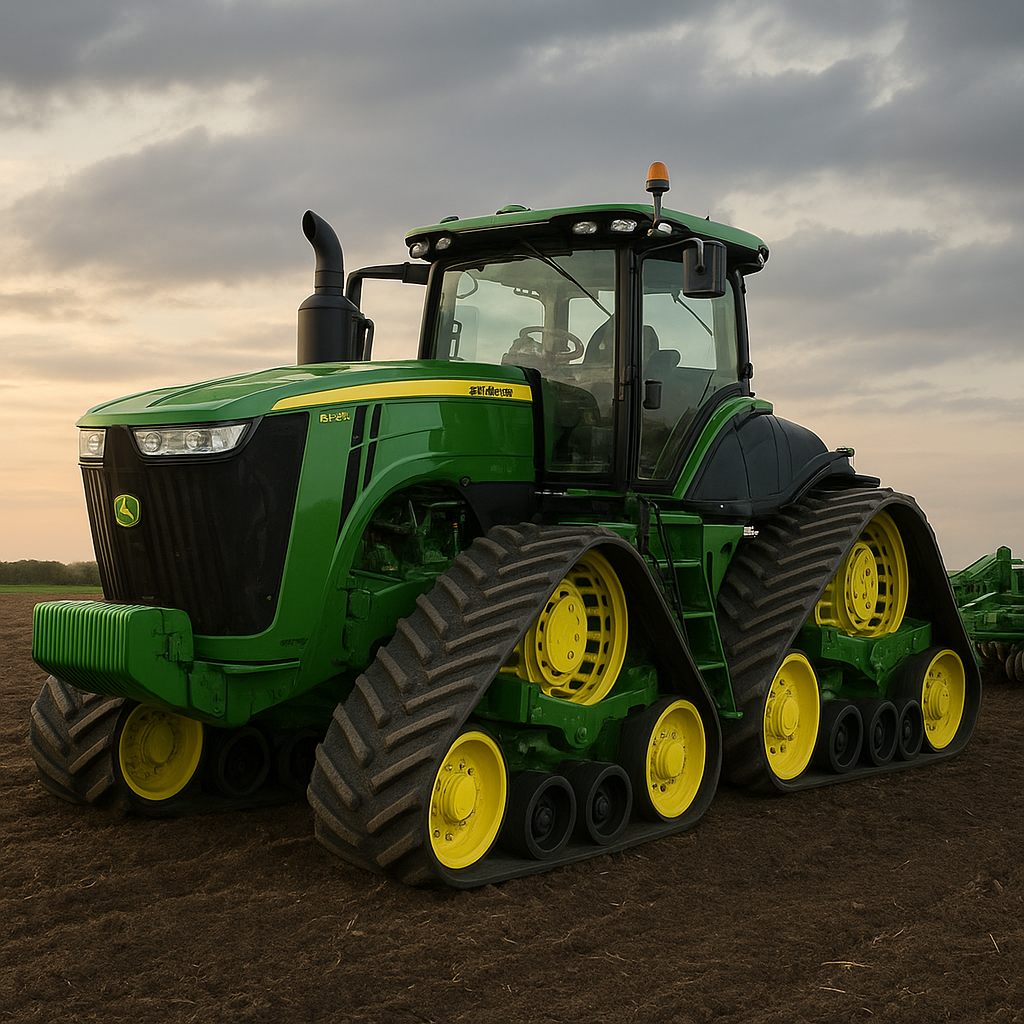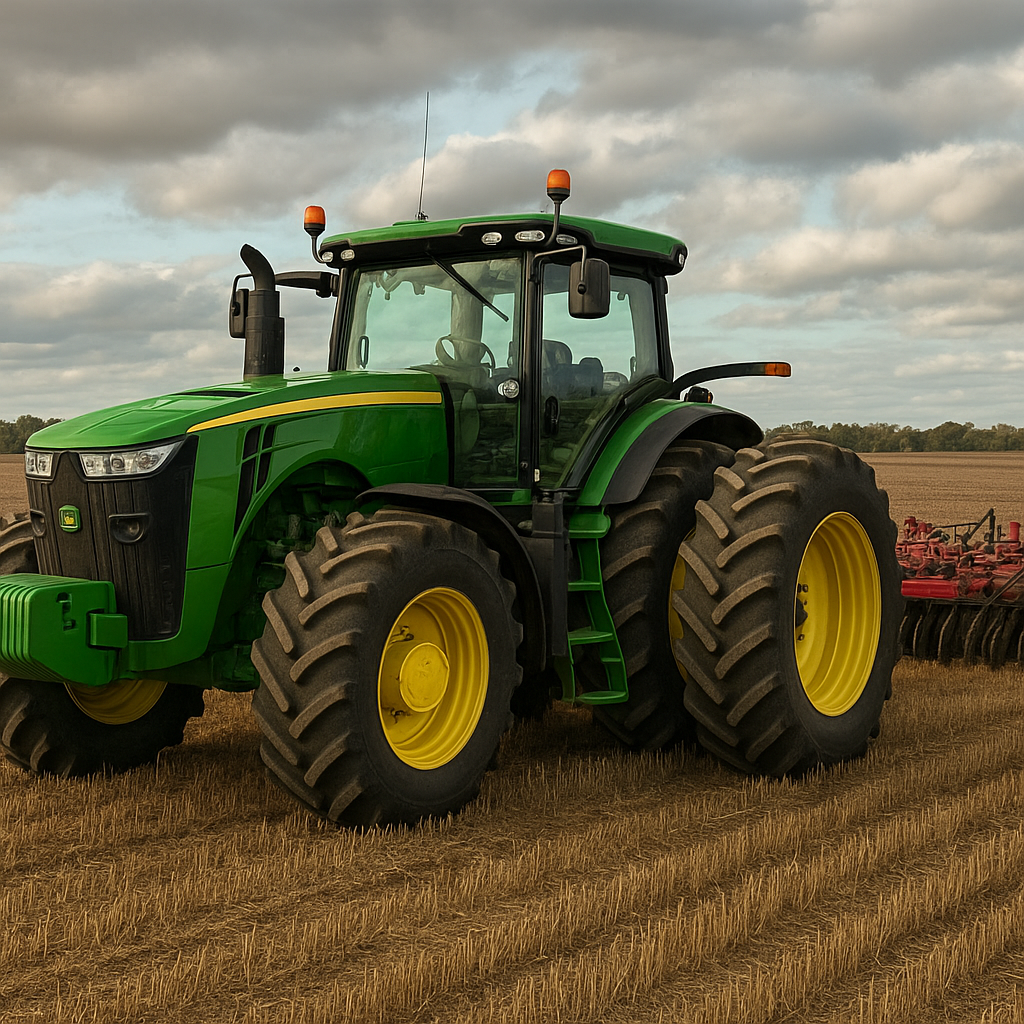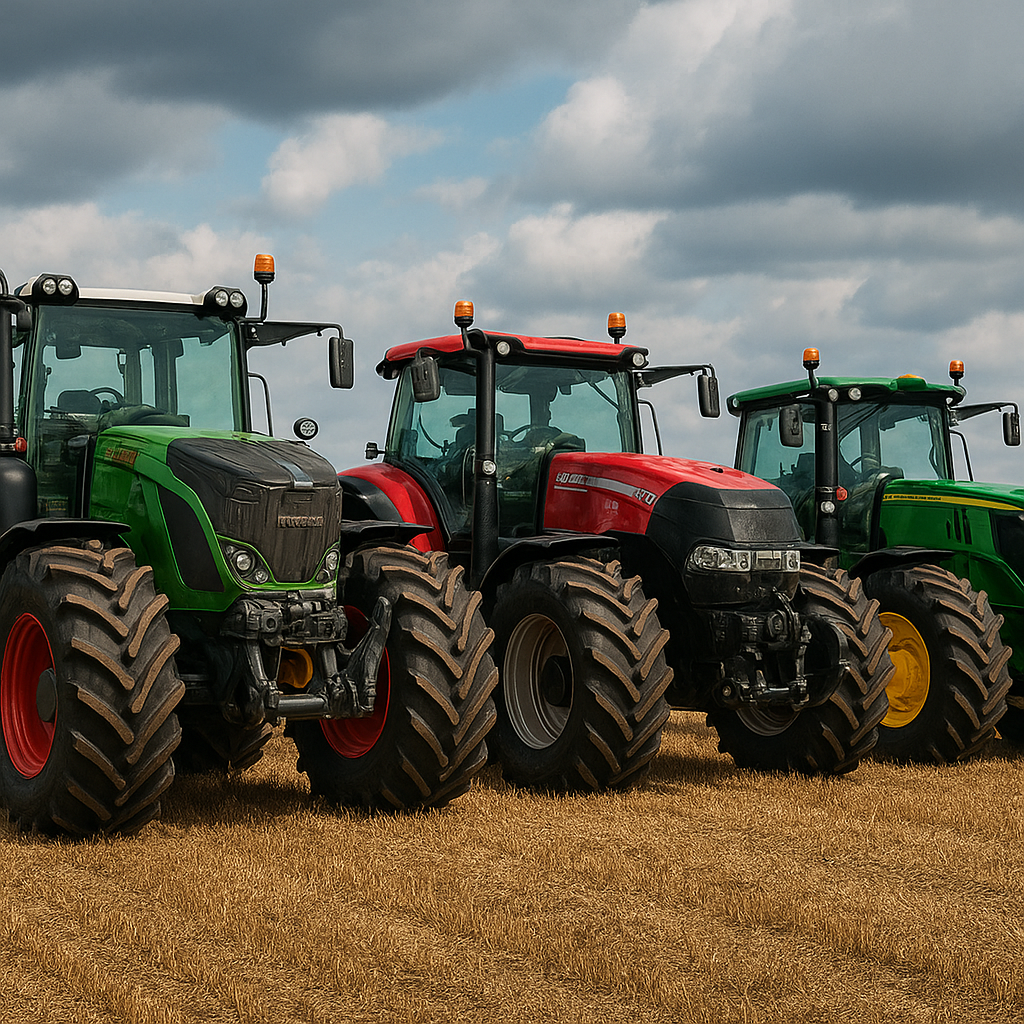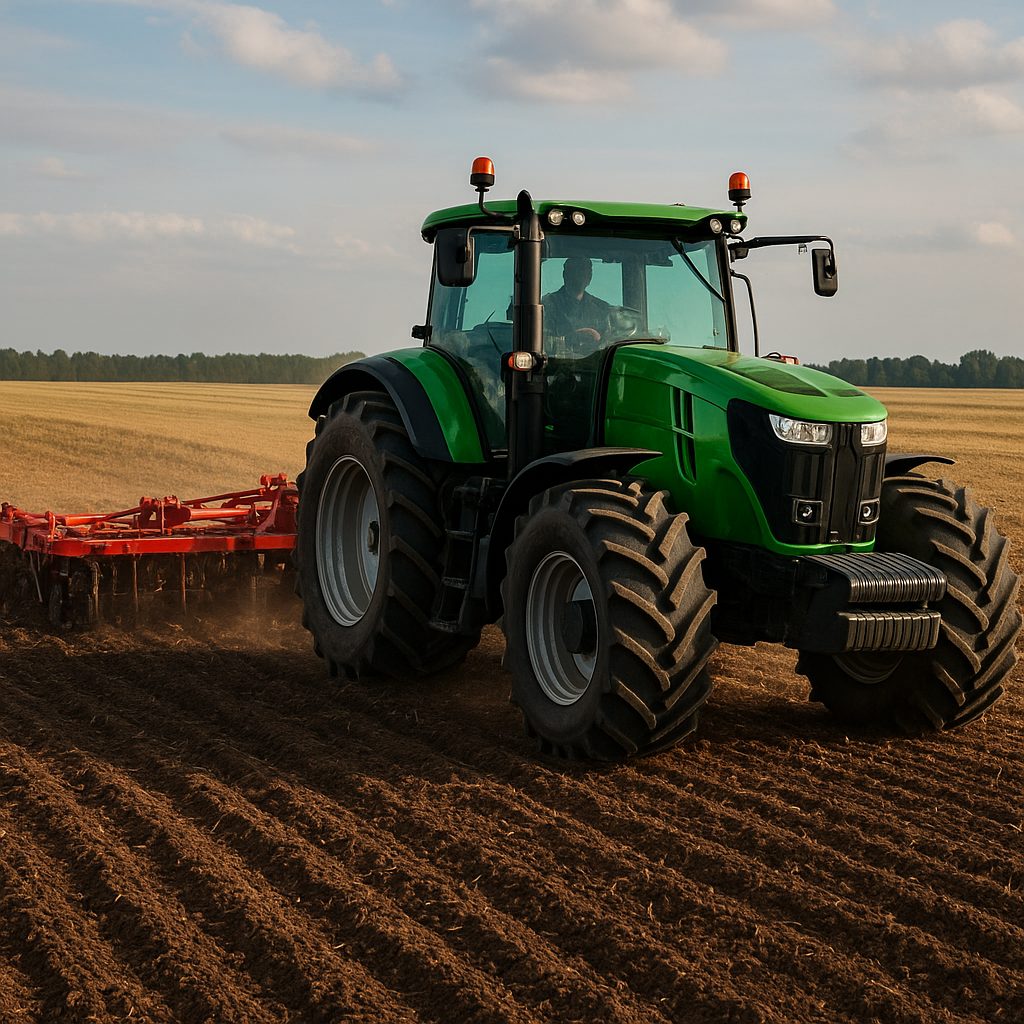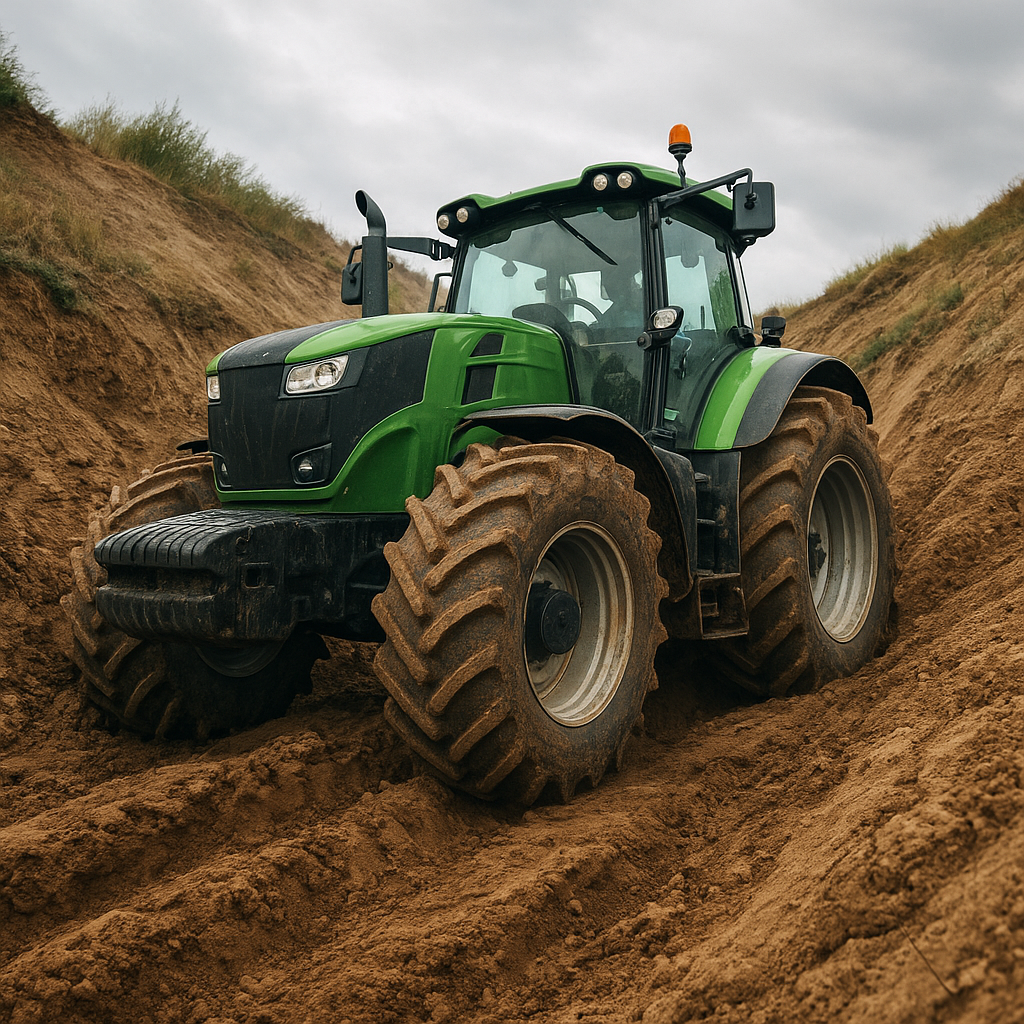In expansive agricultural landscapes, the choice of equipment can profoundly influence productivity, operational costs, and sustainability. When cultivating thousands of acres, farmers often opt for **massive** tractors engineered to tackle sheer acreage with minimal downtime. This article delves into the key factors driving the shift towards these agricultural giants, offering insights into their performance, technological advancements, and economic advantages.
Performance and Efficiency on Vast Acreage
Covering large fields demands machines that deliver exceptional power and unwavering reliability. Massive tractors, often exceeding 400 horsepower, present a robust solution by combining high-capacity engines with advanced transmission systems. These machines maintain a consistent speed even under heavy loads, translating into faster field passes and reduced operational hours.
High-horsepower tractors are designed with reinforced drivetrains and heavy-duty axles to withstand the torque generated during primary tillage. For instance, when pulling large moldboard plows or cultivators, these tractors sustain a stable ground speed, ensuring uniform soil turnover. This consistency directly impacts seed bed quality and, ultimately, crop yields.
- Fuel efficiency: Modern engines optimize combustion cycles, delivering more work per gallon of diesel.
- Traction control: Four-wheel drive and advanced differential locks reduce slippage on wet or uneven terrain.
- Automatic transmission: Provides seamless gear shifts to maintain optimum engine RPM across varying field conditions.
Advances in Engine Technology and Fuel Management
Tier 4 Emission Standards and Beyond
Stricter environmental regulations have prompted manufacturers to embrace emission-reducing technologies without compromising performance. Tier 4 engines employ selective catalytic reduction (SCR) and diesel particulate filters (DPF) to lower NOx and particulate matter. These systems integrate intelligent controls that adjust injection timing and exhaust after-treatment processes in real time.
Precision Fuel Delivery Systems
High-capacity pumps and common-rail fuel injection deliver precise amounts of diesel at extremely high pressures. This precision enhances combustion efficiency, resulting in cleaner exhaust and improved thermal management. Farmers benefit from extended service intervals and lower maintenance costs, while enjoying durability in harsh operational environments.
- Closed-loop cooling systems regulate engine temperature under heavy workloads.
- Variable geometry turbochargers optimize boost pressure at different RPM ranges.
- Integrated telematics monitor fuel consumption patterns, enabling proactive adjustments.
Implement Compatibility and Versatility
A tractor’s true value emerges from its ability to handle a diverse array of implements. On large farms, versatility is crucial, as a single unit may perform tillage, seeding, fertilizing, and transport duties. Manufacturers design massive tractors with standardized hitch categories and robust power take-off (PTO) capabilities to support heavy-duty equipment.
Hydraulic Systems and Auxiliary Controls
Sophisticated hydraulic circuits provide high flow rates and adjustable pressure settings, allowing precise control of multi-function implements. Whether raising a front-mounted seed drill or adjusting the depth of a rear cultivator bar, operators rely on intuitive joystick controls and programmable function keys.
Modular Attachments for Year-Round Productivity
Beyond fieldwork, large tractors can be fitted with snow blades, loader buckets, and grain carts. This modularity ensures that equipment investments deliver value throughout changing seasons. The ability to switch seamlessly between implements reduces idle time and eliminates the need for multiple specialized machines.
Precision Agriculture Integration
Incorporating GPS guidance, auto-steer, and variable-rate application technologies, massive tractors become mobile decision-making platforms. These systems dramatically increase accuracy by minimizing overlaps and gaps during planting, spraying, and fertilizing. Enhanced field maps guide machine movements down to the inch, conserving inputs and improving environmental stewardship.
- Real-time yield monitoring informs future planting density and nutrient application.
- Section control shuts off individual rows on multi-hopper planters to prevent double coverage.
- Cloud-based data exchange allows farm managers to analyze performance metrics remotely.
By capturing granular field data, farmers optimize resource allocation, leading to significant gains in productivity and reduced waste of seeds, chemicals, and fertilizers.
Economic Impact and Return on Investment
Massive tractors represent a substantial capital expenditure, but their long-term benefits often justify the initial outlay. Key considerations include depreciation schedules, fuel savings, and labor efficiency gains. When calculating the total cost of ownership, factors such as extended service intervals, rebate incentives, and residual trade-in value come into play.
Reduced Operational Expenses
Larger tractors complete field operations in fewer passes, cutting down on labor hours and minimizing soil compaction from repeated wheel traffic. With integrated guidance systems, fewer operators are required to cover the same acreage, delivering further savings on wages.
Financing and Custom Hiring Models
Many producers finance their equipment through low-interest loans or lease arrangements, aligning payments with harvest revenue cycles. Alternatively, some farms engage in custom hire services—renting out their massive tractors during peak seasons to neighbors—thus generating additional income streams.
Case Studies from Large-Scale Operations
In the Midwest United States, a 15,000-acre corn and soybean farm shifted from 200–250 HP tractors to two 450 HP models. The transition reduced plow time by 30% and lowered diesel use by 12%. On an Australian grain enterprise spanning 20,000 hectares, deploying 500+ HP machines enabled autumn sowing deadlines to be met despite unpredictable weather windows.
These real-world examples highlight the transformative effects of leveraging innovation and machinery designed for scale. From enhanced soil health due to strategic traffic planning to accelerated field turnover rates, large tractors have become indispensable assets for progressive agribusinesses.
Future Trends in Giant Tractor Development
Looking ahead, manufacturers focus on electrification, hybrid powertrains, and autonomous operation. Battery-assisted engines could deliver instant torque boosts, while autonomous convoys may coordinate multiple machines across expansive tracts without direct human intervention. These advancements promise to elevate operational consistency, reduce carbon footprints, and address labor shortages.
As technology evolves, the next generation of massive tractors will integrate artificial intelligence for adaptive decision-making, further enhancing precision and versatility. Farmers embracing these innovations stand to improve sustainability and profitability in an increasingly competitive market.

